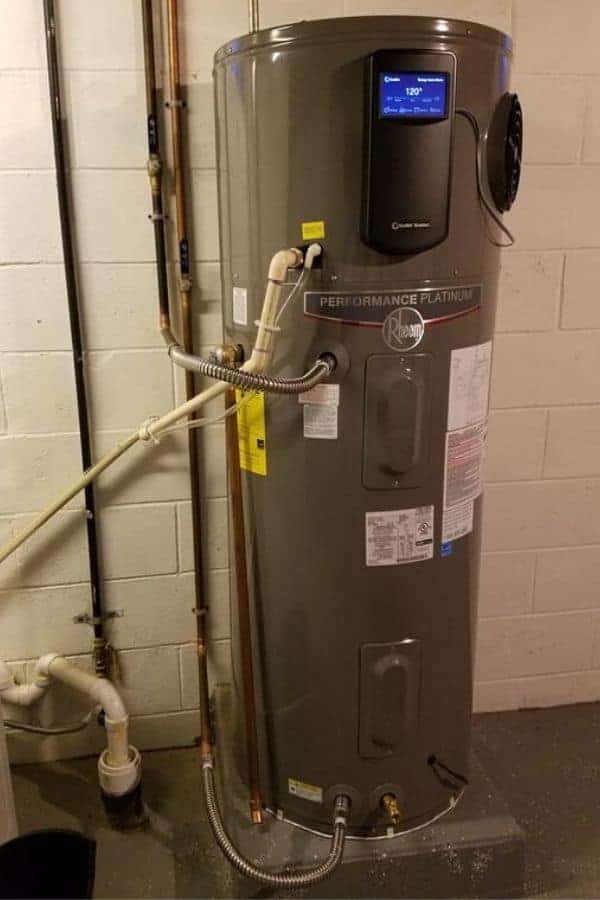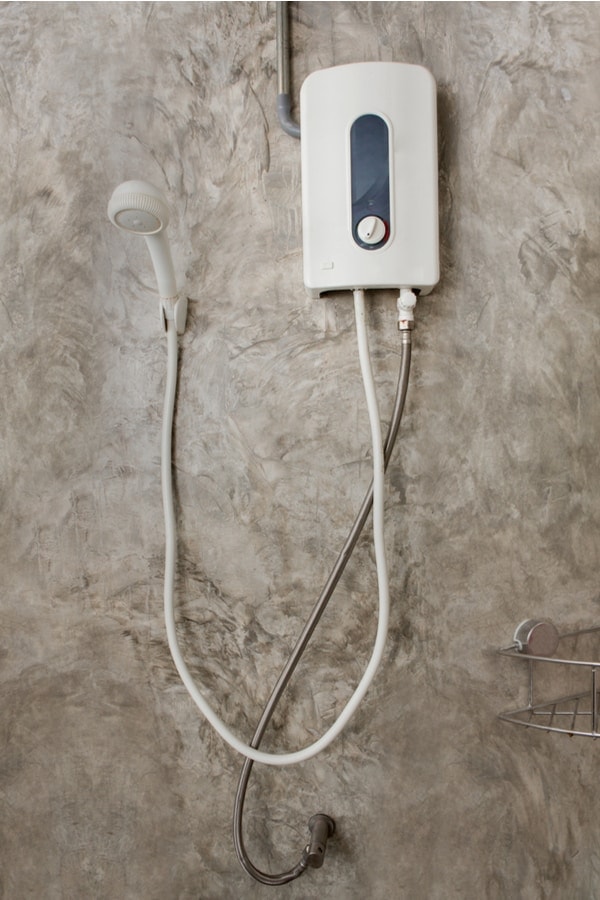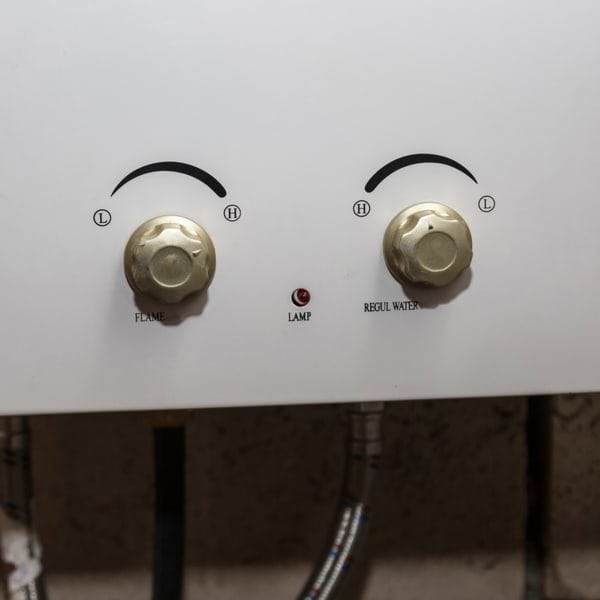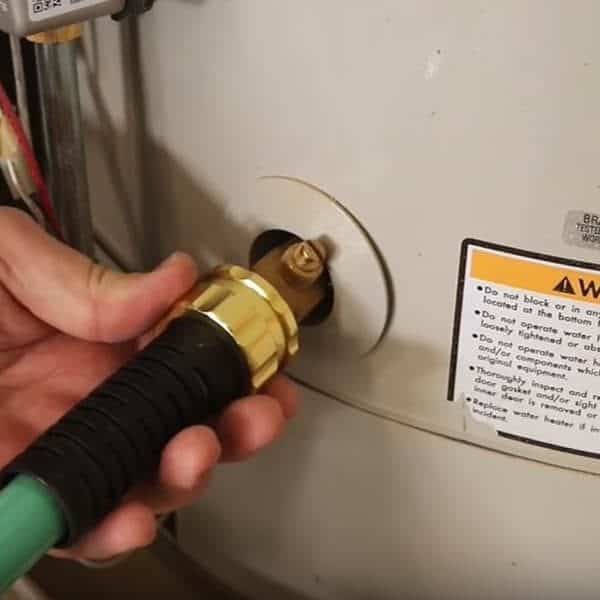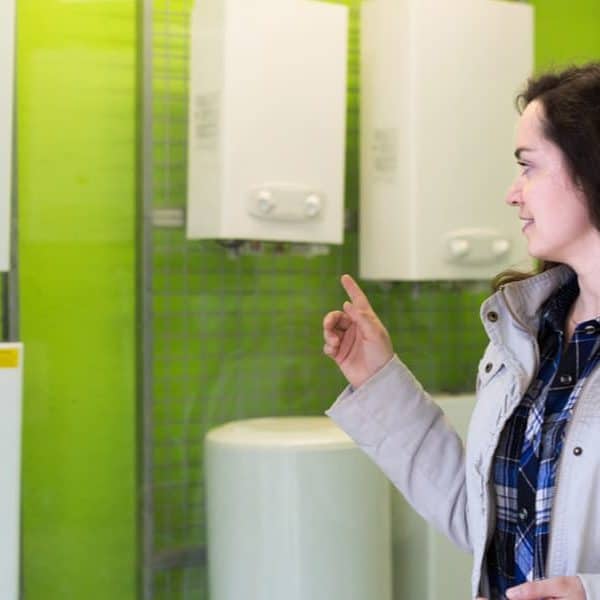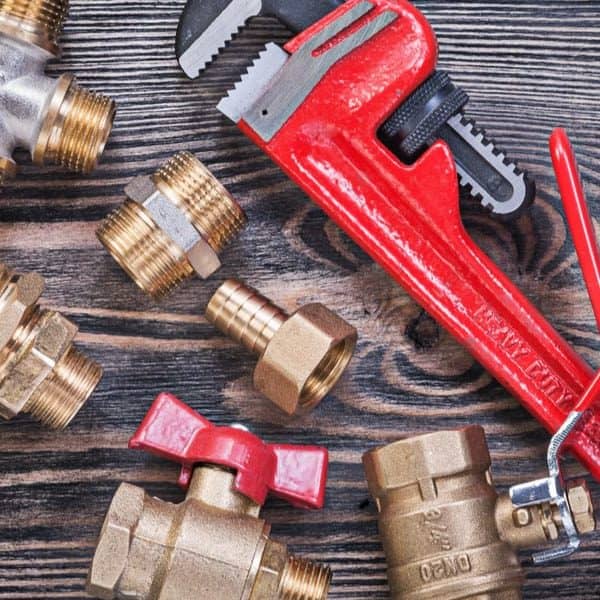Generally, a water heater is an appliance that turns energy to heat, and in turn, the heat is used to heat up the water. A water heater is mostly connected to a cold water source or supply, depending on the type of water heater, and has an output pipe from where the hot water is delivered. It could be a connection of many pipes, though, depending on the home’s set-up.
In most homes, you are likely to find two major types of water heaters; gas (propane) or electricity. However, most homeowners seemingly prefer gas due to the expenses involved in running an electric water heater. In this regard, we are going to be looking at the work-process of some common water heater types found in most homes.
We’ll try to keep it simple and cover the basic working principles behind the most common water heaters. Before we continue, let’s list out some heaters commonly found in homes:
- Tank-Type water heater
- Tankless water heater
- Electric water heater
- Gas water heater
- Hybrid water heater
- Solar-powered heater
- Point-of-use water heater
1. Tank-Type Water Heater
A tank-type water heater is somewhat conventional as it is installed with a tank. This tank is specifically designed to hold hot water only. It comes in two types; the gas model and the electric model.
Most homes seem to prefer the gas model; although it is more expensive, it is less expensive to run as compared the one powered by electricity. You can enjoy hot water even in a power-outage if you have the gas-powered models.
How Do Tank-Type Water Heaters Work?
Cold water from your water supply flows in from below the tank. The cold water is then steamed up by a heating element positioned inside the tank or a gas burner located at the tank’s base.
The temperature of the water is regulated and maintained by an adjustable thermostat affixed outside the tank; you can call as well call it a regulator.
This model also has a valve that exhausts pressure; this prevents pressure from accumulating. On-demand, hot water flows into the house via any open hot water faucet. You can enjoy hot water even in a blackout if you have the gas-powered models.
2. Tankless Water Heater
A tankless water heater is quite different from the tank model. This heater is quite modified, and it comes without the tank attachment.
Instead, it is connected to the water supply of a home. It heats water on demand. Tankless hot water heaters can typically last longer than tank-type heaters, sometimes up to twice as long.
You also don’t have to wait for water to heat up like its tank–type counterparts.
How Do Tankless Type Water Heaters Work?
This water heater remains inactive until you turn on the hot water tap. At this point, water flows into the heater.
The gas burner or heat element is signaled by a water sensor, which powers the heat exchanger, making it ready to boil the water that passes through it. Instantly, the water is steamed up to the preset temperature.
Pressure and combustion gases emitted by tankless gas water heaters are exited via a closed vent pipe.
When the hot water tap is not being used, the heater stops heating, which is quite beneficial if you’re looking to save some extra expenses on your utility bills.
3. Electric Water Heater
Electric water heater operates with the aid of an electric heat element. There are the tankless models as well as the tank-type models.
Regardless of the models, they all function and operate alike. They require lower initial cost and are easier and safer to operate.
How Do Electric Water Heaters Work?
Electric heaters work with the aid of a thermostat, which is affixed outside the heater. The thermostat works in tandem with the temperature of the heater. Immediately the water temperature starts to drop, a switch is triggered which enables power to be sent to the electric element.
Depending on the model, the element is usually installed in the tank or on its own, waiting to steam up water. The element heats up the water and maintains your set water temperature.
4. Gas Water Heater
You may find it surprising to know that gas-powered heaters also use a thermostat. The thermostat is usually a small copper tube that has a mercury sensor at the tip.
A gas water heater also has a signal device known as a thermocouple. The thermocouple works in tandem with the pilot light. If the pilot light isn’t lit, the thermocouple will stop gas from flowing into the burner.
How Do Gas Water Heaters Work?
Once the temperature of the water in the tank goes down, the thermostat sends a signal to the gas control valve. The gas control valve then checks the thermocouple for a signal to confirm that the pilot light is on. A lit pilot allows the valve to open. This allows gas to flow into the burner, causing an ignition.
If you operate a tank-type gas water heater, the flame usually steams the base of the tank first. This causes the warm water to rise up while the cool water above settles below.
This way, heat will be evenly distributed throughout the tank. When the water gets up steamed to the preset temperature, the thermostat signals the gas control valve instructing it to turn off the gas flow.
There is always a risk of explosion so you should take better care of your gas water heaters.
5. Hybrid Water Heater
This water heater is a unique blend of the tankless water heater and the tank-type water heater, hence its name, hybrid. It is commonly referred to as a heat pump water heater.
Yes, it makes use of electricity, but it doesn’t consume as much power as the standard electric heater. This makes them environment—friendly and they are also easy to maintain.
How Do Hybrid Water Heaters Work?
To understand how this heater works, you need to understand the concept of how a refrigerator works. The hybrid water heater makes use of the heat and the air.
It extracts the heat from the ground air and moves it to the tank. Electricity is only needed for transferring the heat to the tank, and not generating heat.
This is quite advantageous, especially if you’re looking to reduce your electricity expenses. It was discovered that this heater consumes 60% less energy as compared to standard electrical heaters.
When there is a high demand for hot water, this heater switches to full electrical mode. This means that you have two heaters combined into one. However, you will need some vertical space to house this heater as newer models are usually 8-feet tall.
6. Solar-Powered Heaters
As the name suggests, this heater needs free solar power to function. This is pretty nice, especially if you have solar panels installed.
It’s also a plus if you reside in an area with a warm or sunny climate. They are cost-efficient during installation and usage and their solar thermal panels do not take up too much space.
How Do Solar-Powered Heaters Work?
As you might expect, you need to have solar panels installed on your roof. The energy drawn from the sun is transferred to a system that contains a heat-conductor.
This conductor then transfers the heat to the tank causing the water to steam. This heater is quite energy-efficient. However, don’t forget that the weather can change, which means you will need a back-up heater on less-sunny or cloudy days.
7. Point-Of-Use Water Heater
This type of water heater usually comes in tank-less models, and they function with electricity. This water heater is quite different from the ones mentioned above as it is designed to only supply hot water to a specific location, which is why they all come in compact sizes. It will also be extremely beneficial to people who live alone.
How does it work?
This compact-sized heater works pretty much like the big-sized electrical heaters. It has heat-conductive elements that heat water as it comes through the faucet.
Since this water is assigned to a single location, it reduces the tendency of water scarcity. It is mostly used in the bathroom. This heater is also used in commercial places such as salons and the likes.
Final Thoughts
Understanding how the various water heaters work will help you make the right decision as to which one to purchase. Knowing how water heaters work is also crucial to maintaining them and staying safe generally. If you have kids, you might want to consider restricting access to the devices as well.
This also means that you should only employ your DIY skills when you’re very confident you can handle any fault or damage whatsoever. If something seems off and you can’t pinpoint the fault, you should call a technician.
Why did you want to know about how water heaters work? Was this article helpful? Do you still have questions? Please let us know in the comments section below. We’re happy to hear from you.




